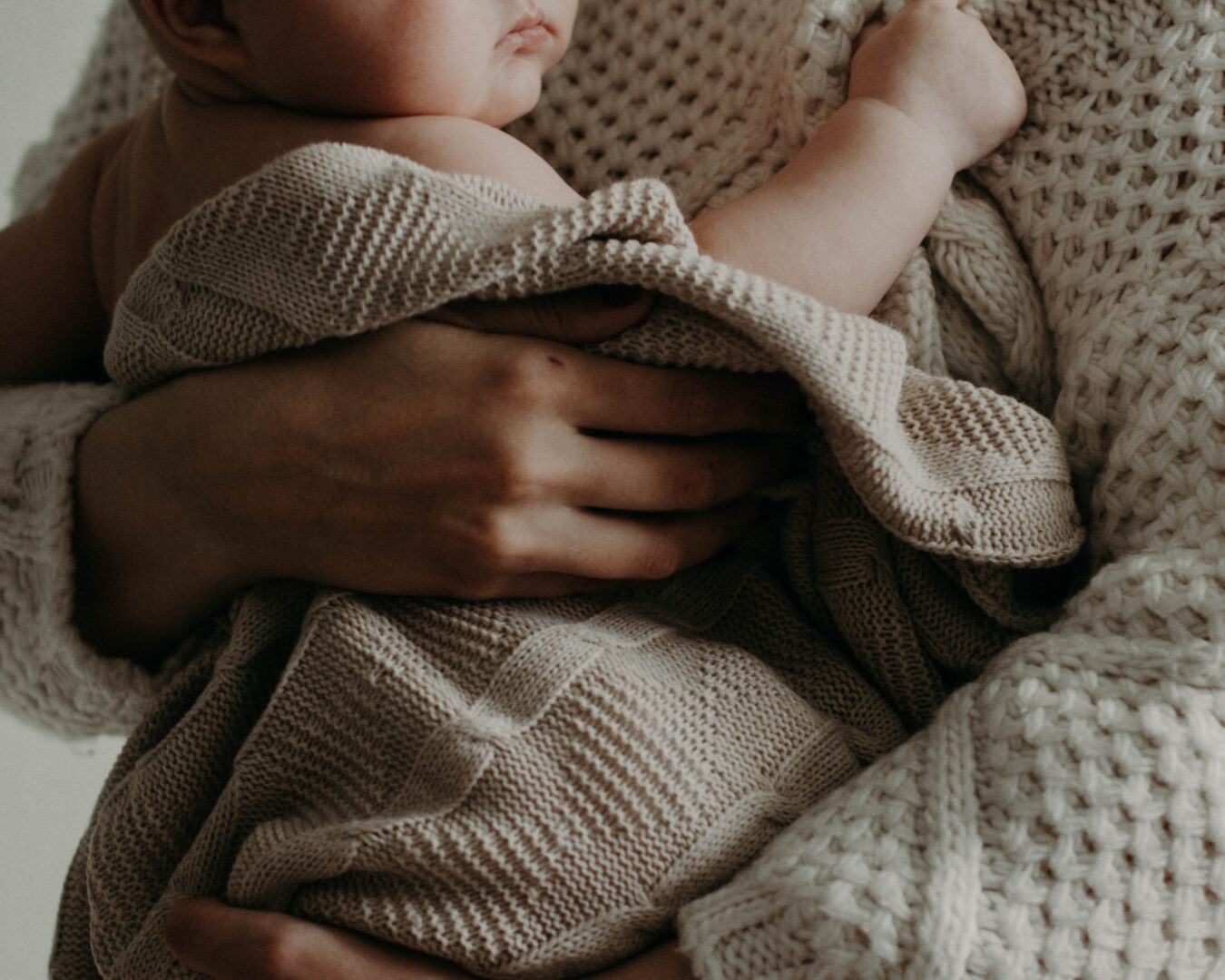For a deeper sense of self, meaningful relationships and a psychologically healthy and soulful spirituality.
-
Visit Our Place
91-6 Čaka Street, Riga
-
Tr. - Ce. 9:00 - 18:00
- Request a visit
Secure foundations - attachment style as a basis for building lifelong relationships
Attachment theory was the first topic that had a major impact on my thinking when I was studying psychology. It influenced my views on human relationships, partnerships and family life. The reasons for people's reactions and actions became clearer and, with this understanding, my ability to accept myself and others grew. This article gives a brief insight into the topic.
The first relationship affects all relationships
The founder of attachment theory is Dr John Bowlby, a British child psychiatrist and psychoanalyst. He was the first person to argue that the bond formed between a child and his or her parents (especially the mother) during the first months and years of the child's life critically influences personality development, especially personality traits related to self-confidence (Bowlby, King, 2004, 7).
In simple words, the type of parent-child relationship (or lack of it) in the early years of a child's life has a big impact on the person's personality as a whole. It affects everything from decision-making, to views on how to raise children, to stress levels and general well-being. It affects the desire to learn, the desire to explore the world around us, the ability to form and maintain relationships with other people, self-perception and satisfaction with life. Attachment style influences how a person relates to the important people in their life, and attachment style can have a serious impact on feelings such as insecurity, anxiety, fear, avoidance and satisfaction with relationships across the lifespan (Firestone, 2015).
I think attachment theory provides a valid answer to the following big questions. Why is it important to love our children? Even more, why is it important to show children this love, and why is it critical for a child to feel loved? In my view, these are three interlinked, yet distinct processes.
Origins of discovery
Dr John Bowlby was the first to argue that infant behaviours such as crying and frantic searching are adaptive responses to separation from the primary caregiver. From someone who provides support, protection and care, most often the mother. Interestingly, at that time, in the 1960s and 1970s, it was believed that such infant behaviour was a manifestation of fragile defence mechanisms designed to suppress emotional pain. Bowlby pointed out that such behaviour is characteristic of a wide range of mammals, so it could be that it is an evolutionary feature (Fraley, 2010).
He was the first to point out that the infant's desire for closeness is a natural process, a basic human need that must be met on a physical and emotional level. Bowlby believed that attachment characterises a person's experience of life "from cradle to grave", as the bond between mother and child leaves its mark on a person's personality and influences their self-perception, worldview, perception of others and quality of life. However, it was not until the 20th century that the world's most important role was played by the mother. In the mid-1980s, researchers began to seriously consider the likelihood that attachment processes in childhood may also have an impact on adult life (Fraley, 2010).
Four styles of attraction
Bowlby's colleague Mary Ainsworth began systematic research on infant-parent separation and defined three main attachment styles. A fourth attachment style (disorganised) was later identified (Main, Solomon, 1990).
The first type is secure attachment, in which the child is assured that his or her parents or surrogates will be available, responsive and helpful in difficult and frightening situations. A child raised with such confidence will explore the world confidently, will be sure of himself. The development of secure attachment is facilitated by parents' willingness to be empathetic, present, responsive to the child's signals, and loving towards the child when the child seeks protection, comfort and reassurance (Bowlby, 1988, 124).
The second type is anxious or ambivalent attachment, in which the child is not sure that the parent will be available, responsive or helpful when he or she needs it. Because of this uncertainty in the early years of life, the person always feels a fear of isolation, a tendency to look for someone to cling to and a fear of exploring the world. This type of attachment is based on conflict, in which the infant experiences situations in which the parent is available and supportive in some situations and not in others. Ambivalent attachment also develops when parents use the threat of abandonment to influence the child (Bowlby, 1988, 124).
The third attachment style is insecure attachment, characterised by fearful avoidance. The child has no confidence that when he seeks care, his wishes will be responded to willingly. On the contrary, he is sure that he will be rejected. The person who has had this experience tries to live his or her life without the love and support of others, trying to become emotionally self-sufficient. This can later lead to narcissism or a false identity, as described by British paediatrician and psychoanalyst Donald Winnicott in his work. This pattern, in which the inner conflict is much more hidden, develops as a result of the constant rejection of the child by the mother at times when the child is seeking comfort or protection. In the most severe cases, the cause is repeated rejection (Bowlby, 1988, 124).
The fourth attachment style is disorganised attachment (the least studied), in which the individual does not express any of the above types. Infants with disorganised attachment behave fearfully, inconsistently, disoriented and display other puzzling behaviours. This attachment style develops as a result of inconsistent parental behaviour in interacting with the child, with the parent being a source of security but also a source of fear (Rholes, Paetzold, Kohn, 2015).
The effect of attachment on communication skills
Briefly, taking the working environment as an example. Individuals with secure attachment are more satisfied with different aspects of their work, e.g. they feel competent and challenged. They feel secure in their workplace and like their colleagues. By contrast, individuals with ambivalent attachment are more worried about being rejected by their colleagues and about receiving approval and recognition. Individuals with insecure attachment tend to prefer working alone and use work as an excuse to avoid socialising (Leiter, Day, & Price, 2015).
The impact of attraction style on partnerships
The same motivational system that creates close emotional relationships between parents and children is also responsible for the bond that develops between adults in emotionally close and intimate relationships. In other words, whether an adult has a secure or insecure attachment, their partnership may be a partial reflection of past experiences with their parents (Fraley, 2010).
Bowlby believed that the mental representations of attachment styles (expectations, beliefs, "rules" and "scripts" about how to behave and think) that a person holds during a relationship are a reflection of their experience of parent-child relationships. For example, a person with a secure attachment will believe that others will be supportive because their initial life experiences have led them to this conclusion. If an individual has developed such an exposition, he or she will continue to seek experiences that are consistent with his or her beliefs and will perceive others in ways that are subordinate to those beliefs (Fraley, 2010).
The influence of attachment style on attitudes towards own children
Our own attachment styles with our parents are most indicative of how we will relate to our children (Firestone, 2015). There is a relationship between how a mother describes her childhood relationship with her parents and the attachment style she has with her children. It is also "clear that a mother who has had a happy childhood will potentially form secure attachment relationships with her child, whereas a mother who has had an unhappy childhood will find this difficult" (Bowlby, 1988, 134).
We are not doomed to repeat the past
The good news is that the biggest influence on today and the kind of parents we are and will be is not the childhood experiences we had, but how much childhood pain we have lived through and how much meaning and understanding we have gained from it. No matter how bad things once were, if we are willing to explore and look into the eyes of the painful experiences of the past and make a logical story out of it, we can become different parents and build healthier and more secure relationships with our children (Firestone, 2015).
Awareness of the impact of early experiences allows us to understand ourselves better. Whatever our attachment style, being a good parent starts from knowing our personal story and being willing to live through the inevitable pain we faced. At any stage of life, we can begin to change our attachment style by being open to what hurts us, creating a coherent life story and seeking therapy (Firestone, 2015).
Knowing is half the way
More than 50 years have passed since attachment theory proved to be a valuable and workable model for child development and mental health. Making this theory widely understood and one from which society could benefit was a major challenge for the authors (Bowlby, King, 2004, 11). Today, this theory is one of the frameworks that shape us as human beings. For me personally, exploring it has given me a lot to think about and indeed I cannot recall anyone who has ever made me accept myself more than John Bowlby, simply by giving an explanation of the way things really are. That is why I believe that knowledge has the power to change people's lives. It has certainly changed mine.

This free content is produced in my spare time without pay. If you see value in what I do, I'd be happy to make you a coffee! It's like a spur to create new content! 🙂
Sources:
Bowlby, J., (1988). A secure base. Parent-child attachments and healthy human development.
Bowlby, S. R., & King, P. (2004). Fifty years of attachment theory.
Firestone, L., (2015). How your attachment style affects your parenting.
Fraley, R. C., (2010). A brief overview of adult attachment theory and research.
Rholes, W. S., Paetzold, R. L., Kohn, J. L., (2015). Disorganized attachment mediates the link from early trauma to externalizing behavior in adult relationships.
Tags :
Relationships
Search
Topics
Recent publications
- Why workplace spirituality is the key to organisational flourishing

- How to find the meaning of life?

- Common misconceptions about what contributes to a sense of meaning in life

- Why is a clear identity and sense of self a prerequisite for a psychologically healthy spirituality?

- What does it mean to become an adult? - The five levels of consciousness described by Robert Kegan

The content of this website may only be quoted, reproduced, republished and otherwise distributed in accordance with applicable copyright laws. For commercial use of the content, please contact and obtain permission.







